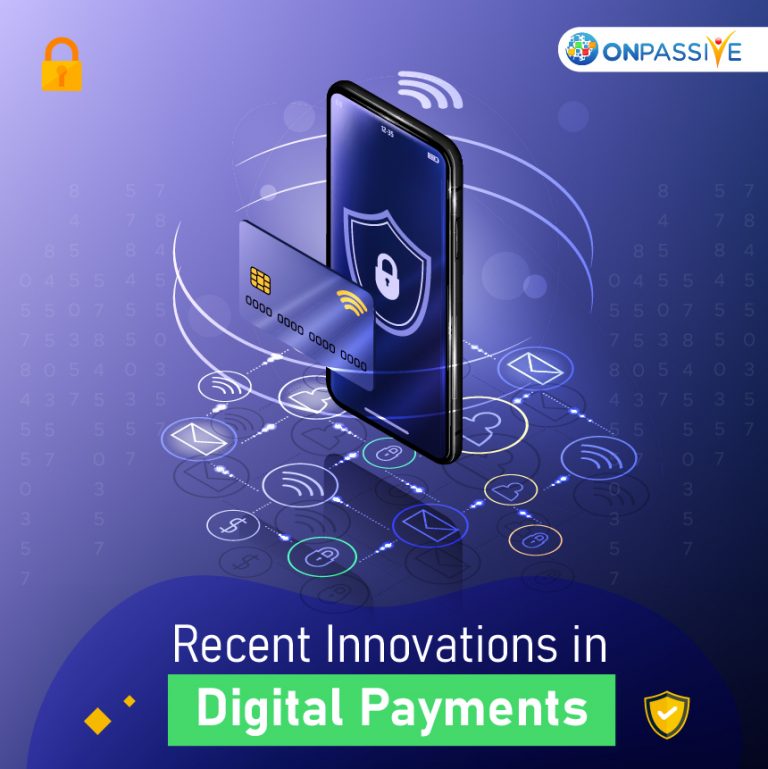
Currently, one of the most active areas of innovation in the banking industry is the payment industry. Digitization of payments made it easier to achieve fast, secure, and convenient ways of making payments and transactions.
The digital payment channels are growing robustly as the dynamic payment ecosystem is evolving and expanding. The payment industry has seen many exciting trends in the last few years.
According to the data collected from Bank for international settlements (BIS), it was evident that there was a 55% increase in digital payments in India in the last year. Cashless payments or digital payments are gradually becoming a way of transaction, which are increased by Unified Payment Interface (UPI).
UPI undoubtedly emerged as a primary payment option in recent times for Indians. The invention of UPI enabled bank services to be more accessible to a broader audience group by diminishing the difficulties of traditional payment methods like RTGS and NEFT. UPI enables people to send and receive money solely by relying on a virtual address or a UPI Id.
The innovations in Digital Payments
According to industry experts, the following are the recent innovations in the digital payment industry that will dominate the future.
- Biometric Authentication
Using biometric technology has almost eliminated the need of remembering a PIN or password to access devices. Being able to authorize digital payment platforms like Google pay, Apple Pay and others using biometric authentication has made the entire payment process hassle-free by providing customers with a user-friendly experience.
Biometric technology comes with many interesting features and provides benefits such as security, ease, speed and accuracy. According to industry experts, PIN usage fades way in the future, while bio-metrics, voice, and other factors will be used to identify the user’s authenticity.
- Face Recognition
Most payment technologies work with mobile phones, but Face recognition technology is designed to enable payments without using mobile phones. For this, customers need to stand in front of the Point of Sale (POS) machine, which will be equipped with a camera that captures the consumer’s image and then transfers the payment. This is a rapid and hassle-free method of transactions.
- Invisible Payments
Invisible payments allow consumers to make transactions without any human intervention at the time of availing these services. Consumers are charged when using this service within the prescribed limit or using a particular service with prior agreement and consent.
Invisible payments are seamless transactions that automatically allow customers to pay through apps and other methods by eliminating the checkout process. These payments are shaping a way to provide frictionless payment experiences to customers.
- Tap-and-go Payments
Tap-and-go payments are considered to be much secure and faster rather than dipping a card. They are also referred to as contactless cards. These contactless credit and debit cards make use of a combination of contactless chips and RFID antenna along with EMV chips for the transactions to be processed.
The primary purpose of tap-and-go payments is to speed up the payment process without consuming pin-code and authorization process. There is a steady growth in Tap-and-go payments in India.
- Voice Payments
Many financial institutions are considering making voice payments the next big thing. Few institutions are already using voice technology through bots and serving the customers.
The exact process will be applied to transfer the payments. Many digital payment platforms like Google pay, Apple pay, and Amazon pay are in the process of using the voice payment method. This method is going to be the upcoming trend In future due to its seamless and hassle-free technology.
Many financial institutions worldwide are switching to faster payment methods, and the innovations mentioned above are considered to rule the payment industry in the next decade.
Conclusion
Financial institutions should consider changing regulations and advancing their technology to grow and compete among stiff competitors. Regular innovations of digital payment technology should be given utmost importance to be a key global player in transaction processing and payment technology. Latest technologies like Artificial Intelligence (AI), Machine Learning (ML) and others should be leveraged and applied to the digital payment space to avail latest innovations.



PARMESHWAR RAY
3 years ago